- Learning time
- 20 minutes
- First play time
- 45 minutes
7 Wonders: Architects
Designed by: Antoine Bauza
In 7 Wonders: Architects each player has their own personal wonder, that starts the game scaffold-side up (see pictures). Your primary goal is to see it built, and you do that by gathering resources, and cashing them in: your wonder gets built from the bottom up and each stage of it shows both the resources needed to flip that section over (eg two of a kind, or three different kinds) and the rewards you get for doing so: always points, but often some other bonus as well, such as an instant extra turn.
Turns are fast. There’s a deck of cards face-up between each player and on your turn you can take the top card from either deck, or the top card from the shared central deck: representing something of a gamble, as this deck is always face-down. Many of them are brown cards: resources such as brick, stone, glass, or gold which counts as a wild resource of your choice. Blue cards are monuments or achievements that surround your wonder and, in game terms, score you points without doing anything else (with the exception of the cat, which we’ll come to below). Green cards are science: the moment you have two of a kind or three distinct kinds, you cash them in for a science token, which either gives you some in-game advantage or a way to score points at the end of the game. And red cards are military: at certain junctures in the game a kind of gentle battle is triggered, where your military being stronger than either of your immediate neighbours scores you points. Some military cards are kept; some you are forced to discard after battle.
We mentioned the cat, who appears on some of the blue cards. Whenever you take a card that the cat appears on, you also get the cat as well. While in possession of the cat, you can peek at the top of the face-down deck at the start of your turn, giving you normally-hidden information. If you possess the cat at the end of the game, it’s worth two points.
The game ends immediately when anybody completes their wonder, and all players score for completed parts of their wonder, blue cards, military victories and any science tokens that might score as well. Plus the cat for whomever has it!
The guru's verdict
-
Take That!
Take That!
Very little to speak of. The military battles reward the winner but don't punish the loser. The key interaction is spotting what your neighbour might take and taking it first. But that won't necessarily be the best move, or often occurs inadvertently anyway.
-
Fidget Factor!
Fidget Factor!
Pretty low! On your turn you take a card. That *might* trigger something else, but when it does turns are still fairly rapid.
-
Brain Burn!
Brain Burn!
Low enough that decisions never feel onerous.
-
Again Again!
Again Again!
Card decks are shuffled before every game. If proceedings sometimes feel predestined, card draws can throw up the odd twist and it's so light and breezy we'd find it hard to begrudge it a slab of luck.



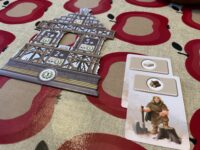
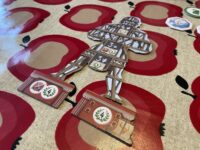
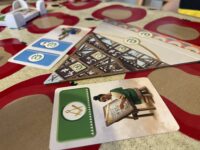


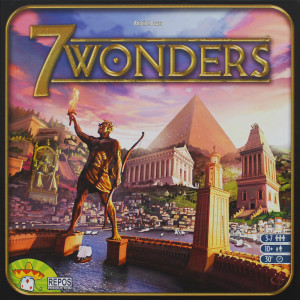

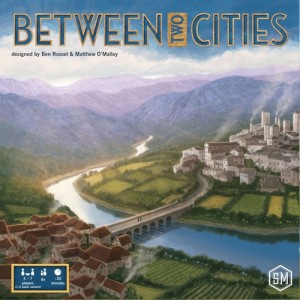
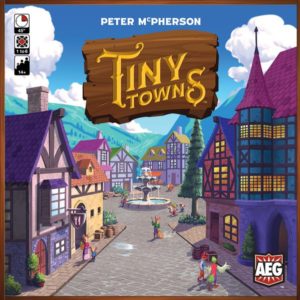

Sam says
The original 7 Wonders, which inspired this Architects iteration, was a strange beast. I like it but for a 20 minute game it's rather tricky to teach to newcomers: card drafting means selecting a card and passing the rest on. Which card to take requires familiarity with what they all do - or potentially do - so a first play or two can seem like an exercise in arbitrary decisions. 7 Wonders: Architects, whilst not offering the same depth of experience, does accessibility better: you only have three choices each turn and what the cards actually do is much simpler: less combinations and no chaining here, just gathering stuff and spending it. For some, that'll make Architects too simple, and too lacking in a sense of agency and control: you took away what we liked about the original! I prefer the original as well, but I do like how simple and speedy this version is, allowing everyone to climb in relatively quickly.